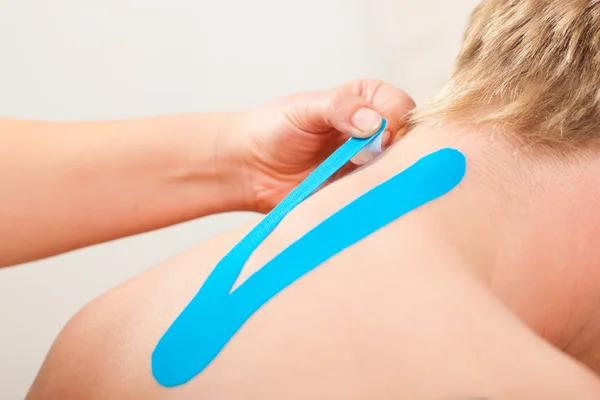
Sports Physiotherapy Strategies for Faster Game-Time Recovery
Sports physiotherapy plays a critical role in an athlete’s recovery process after intense physical activity or injury. It is designed to help athletes recover faster and return to their game-time performance levels as quickly as possible. The strategies used in sports physiotherapy are multifaceted, incorporating both preventive measures and rehabilitative techniques.
One of the primary strategies employed by sports physiotherapists is early injury detection. This involves regular screenings and assessments to identify any potential risks or injuries at the earliest stage possible. Early detection allows for prompt treatment, which can significantly reduce recovery time.
Another crucial strategy is personalized treatment plans tailored to each athlete’s specific needs and goals. These plans may include a combination of physical therapy exercises, massage, electrotherapy, hydrotherapy, and other therapeutic modalities. Each treatment plan aims to accelerate healing, improve mobility, increase strength and endurance, enhance athletic performance, and prevent future injuries.
Rehabilitation exercises form a significant part of any sports physiotherapy strategy. They are designed not only to restore function but also to mimic the movements that an athlete would typically perform during their sport. This specificity helps ensure that athletes can return to their activities with minimal disruption.
Aside from these active treatments, sports physiotherapists also educate athletes on various aspects of their health such as proper nutrition for optimal recovery; adequate rest; correct postures; efficient movement patterns; stress management; among others. This education empowers athletes with knowledge about their bodies so they can take charge of their own recovery process outside the Dee Why Physio Clinic.
Furthermore, sports physiotherapy employs preventative strategies aimed at reducing the risk of injury recurrence or new injuries developing altogether. Regular flexibility training helps maintain good joint health while strength training ensures muscles are robust enough to withstand high-intensity sporting demands without breaking down easily.
In recent years there has been growing interest in cutting-edge technologies like cryotherapy (cold therapy), thermotherapy (heat therapy), phototherapy (light therapy), and extracorporeal shockwave therapy in sports physiotherapy. These technologies offer new ways to accelerate recovery, reduce pain, and improve athletic performance.
Finally, mental health is an often overlooked but vital component of sports physiotherapy strategies. A holistic approach recognizes the impact of psychological factors on physical recovery and incorporates techniques like mindfulness, relaxation exercises, and cognitive-behavioral strategies to help athletes cope with stress, anxiety or depression that may arise from injury or intense competition.
In conclusion, sports physiotherapy employs a wide range of strategies aimed at speeding up game-time recovery for athletes. These include early injury detection; personalized treatment plans; rehabilitation exercises; education about nutrition, rest and body mechanics; preventative training; use of cutting-edge technology; and attention to mental health. By integrating these elements into a comprehensive plan of care, sports physiotherapists can help athletes recover faster and return to their peak performance levels more quickly.
